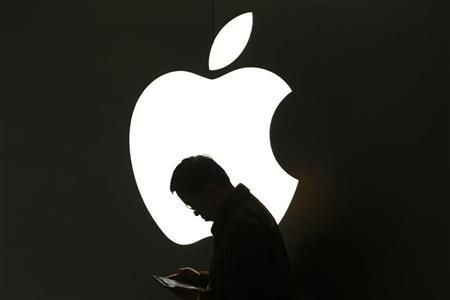Apple Could Use AMOLED Display Panel Instead Of LCD In Future iPhones: Report

Analysts are busy predicting what is in store for Apple’s future flagships dubbed “iPhone 7” and “iPhone 8.” The focus is currently on the display panels of upcoming iPhones.
In 2015, reliable KGI Securities analyst Ming-Chi Kuo asserted that Apple may not use “AMOLED” screen, made famous by Samsung Galaxy lineup of devices, for the upcoming iPhone 7. He went on to say such a display technology is not viable for the tech giant until 2018.
In the meantime, Apple iPhone assembler Foxconn apparently purchased the prominent Japanese tech giant Sharp for a whopping $3.5 billion. As it turns out, Sharp is now working on a new production line specific to AMOLED display panels, according to iDownloadBlog.
The sudden surge in the AMOLED panel production is reportedly because Apple is planning to house AMOLED displays on its future iPhones. Readers should, however, note that it’s not very clear to ascertain if this display panel change will be effective in the upcoming iPhone 7 or next year’s iPhone 8 or the next one.
Reasonable assumption would be that Apple might want to switch to AMOLED panels completely in 2018. On a related note, Apple Watch is already using OLED panels. Sharp has apparently set up three production lines with the capacity of producing 9.85 million AMOLED panels of 5.5-inch size every month, according to Digi Times.
AMOLED screen panels have clear advantage over the traditional LCD panel by offering better visibility under sunlight, vivid colors, deeper blacks and economical power consumption, thanks to the lack of backlight, Phone Arena reported.
Apart from the aforesaid advantages over LCD, AMOLED screen technology is relatively cheaper to produce. According to IHS Technology, currently, the production costs of AMOLED and LCD panels stand at $14.3 and $14.6, respectively. This cost ambit is specific to 5-inch Full-HD panels.
© Copyright IBTimes 2025. All rights reserved.



















